
How to Maximize the Time Spent Coaching Your People
One of the biggest challenges I hear from my coaching clients is that coaching their employees effectively takes a lot of time. I think part of the challenge associated with this is a misunderstanding of exactly what coaching is.
Coaching is when you are helping somebody understand where they are and where they need to be, and what the path they might take between those two end points in the journey. Coaching is not the same as training.
Training is where you are actually instructing someone on how to accomplish a specific task or delivering content knowledge associated with a process or project.
However, even when our coaching clients are clear on what it is that they're trying to accomplish with coaching, quite often, they end up coaching around a myriad of tasks, which can take a lot of time.
Our recommendation is always to coach around habits rather than tasks.
In every occupation or job there are certain foundational or what we would refer to as keystone habits that will accelerate the progress of anybody in a given role.
So what is a keystone habit?
A keystone habit is a habit that is instrumental to success in a given role.
The term keystone originally comes from architecture. It’s the central, wedge-shaped stone at the top of an arch that locks all the other stones into place. Without the keystone, the whole structure can collapse.
In business or leadership, the term has been borrowed to describe something that plays a central, stabilizing, or essential role in a system.
Much as a keystone in building is instrumental to ensuring that the structure is fundamentally sound, a group of keystone habits plays a similar role in ensuring the achievement of outstanding results in a given role or position.
One keystone habit alone will help you achieve good results, while a set of interlocking keystone habits combined with the correct skill in execution ensure top notch performance. This is what we often hear referred to as an “A” Player in a role.
So how do you determine what the keystone habits of a particular role are?
Well, if this is a role that reports into you, ask yourself the following question: What habits do my high performers engage in on a regular basis that drive their performance? For example, you may have a manager that is a particularly high performer. One of the things you realize is that they spend some time at the beginning of every day planning proactively what they need to accomplish that day. In addition, they spend a little bit of time at the end of the week considering how the week went and what they need to accomplish the next week. They figure out what are the three to five things that would be an investment of their time for the following week.
Now it would be easy to say that those are two keystone habits. We would argue that it's really one; proactive planning.
This exercise is not hard to accomplish when you consider a high performer in almost any role. You should be able to come up with three to five keystone habits that drive success.
Now think about an employee that you need to coach around some specific tasks.
Ask yourself which of the keystone habits already identified underpin the specific tasks that you need to coach on. For example, you may have an employee that procrastinates and leaves things to the last minute. It would be easy to think that you would need to coach this particular employee on ‘not procrastinating’. However, you should never coach anybody on what they should not do - you should always coach on what they should do.
In this in this example, the keystone habit that would be the opposite of procrastination would be proactive planning. So rather than coaching the employee on why or how they missed the specific target date, you could coach them on proactive planning. You could connect the keystone habit of proactive planning to helping make their deadlines and time commitments.
This is a great coaching process for a number of reasons:
1. It forces you (the Coach) to identify the keystone habits for the positions that report into you. This will help you streamline your coaching, enabling you to focus your coaching time into a small number of items (keystone habits) with a variety of example (tasks and projects).
2. It simplifies the job you are asking the employee to perform to a smaller number of items (keystone habits). Employees are often overwhelmed with tasks and can’t get everything done. In many cases the identification of their keystone habits will help make progress and invest their time rather than just spending it accomplishing a never ending series of tasks.
If this post was helpful join The Leadership Blueprint Workshop, where we will help you design a blueprint to accelerate your team’s performance.


